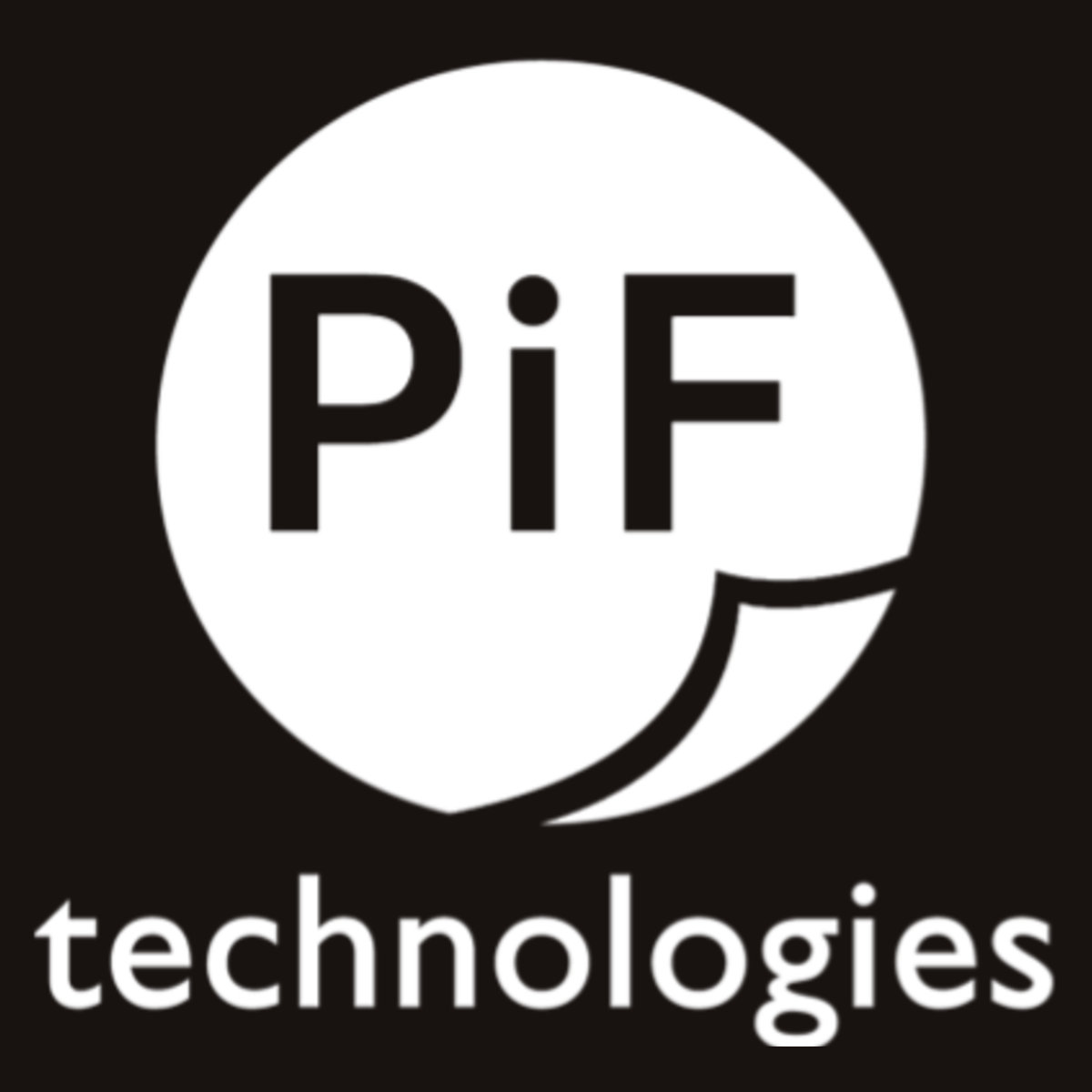Technologically progressive organizations often want to move quickly, particularly in the field of Artificial Intelligence. According to a recent Deloitte report, increasing the use of AI across the organization and investing in technology are the two top priorities for the next 12 months for private C-suite executives. 37% of organizations are prioritizing technology investments, and 43% of them want to utilize Artificial Intelligence (AI) more. For these organizational leaders, they’ve identified an opportunity and actively work to pursue it, but such initiatives may be missguided if not backed with the correct expertise.
Artificial Intelligence is already well in-use, nearly four in five executives of privately owned organizations are either actively using AI or piloting potential solutions. And AI and emerging technology knowledge are the most important competencies that execs want to strengthen on their boards. AI training and education for board members is one of their top leadership priorities for the technology, tied with reskilling and upskilling their workforce, and just behind determining uses for AI in their organizations. When searching for these solutions, acronyms like ERP, CRM implementations, ECm, IDP, RPA and many others crop up. As does an ecosystem of partners, resellers, manufacturers and, of course, industry analysts.
Subject matter expertise vs. real-world experience
Real experience and knowledge far outweighs just market insight. Market opportunity determines the level of research dedicated to it. Artificial Intelligence and Automation is a growing market, and companies want to jump on the wave before it crests. Often when large research firms or industry voices highlight leading organizations, it’s important to review these accolades with a critical eye. Having the resources, and often the funding, to place themselves in front of a national audience doesn’t always translate to successful implementation. Because of this, smaller innovators who are actively changing the market are at a disadvantage.
While extensive market knowledge offers theoretical understanding, only hands-on expertise ensures seamless integration, customization, and optimization tailored to an organization’s unique needs. Relying on market knowledge is ideal for understanding the marketplace and the key players in it, but that only extends so far. It’s experienced providers, not social media subject matter experts, who navigate potential pitfalls adeptly, accelerate deployment timelines and maximize Return on Investment (ROI). Therefore, choosing a provider with a robust track record in deploying AI-driven IDP solutions is pivotal for organizations aiming to revolutionize their document workflows efficiently and effectively.
The old adage, “don’t believe everything you read online,” rings particularly true in these circumstances. This isn’t to say that Subject Matter Experts should be disregarded when making a buying decision, but more so that organizations should consider the balance between suave marketing language and true functionality.
Functionality requirements to consider in an IDP solution
Functionality outweighs form when it comes to identifying a solution. There are hundreds of possible scenarios that your organization could face when digitally processing documents. While you can’t predict every “what if,” organizations can prepare for multiple scenarios by understanding features that will prove to be necessary for a successful implementation.
Import
Many solutions manage importing of documents by way of simply monitoring an email. An effective IDP solution must have a gateway or client that can broker local LAN/WAN (Local Area Network/Wide Area Network) SMB file shares to a Cloud instance.
- Email Import – When emails are included in import it’s crucial to consider features such as putting attachments before body, ability to convert eFiles (such as .docx), converting html into a rasterized image for processing, ignoring inline images, supporting monitoring sub folders
- Import service – look for a solution that has the ability to monitor a hot folder, web service, .xml or .csv file or any email
Export
Your solution needs the ability to export to local SMB file shares on local LAN/WAN as well as the ability to export in batch to XML, CSV and JSON. When exporting you’ll need the ability to separate image files from the data export. Export directly to the database. It’s imperative that this all happens within a batch export, never manually by clicking export on the document.
- Connectors – export to the systems you use, such as Sharepoint, Salesforce, or Oracle
- Multi-Export – ability to export multiple locations at same time
- Image Exports – ability to create text searchable PDFs using iOCR text layer
Database Lookups
In order to populate data based on a metadata field you’ll need gateway/client to broker local database connections with Cloud deployment.
Desk Scanning
Your solution should have the ability to drive ISIS/TWAIN scanners through the Cloud, typically done through tools such as OpenText Pixtools for Web drivers.
Line Item Editing
Be able to manually add or remove rows of extracted tabular data.
iOCR (Intelligent Optical Character Recognition)
Leverage Azure AI Doc Intelligence and their prebuilt processors so you do not have to train “templates” with intelligent OCR functionality.
Batch Processing
Most of our customers process hundreds of thousands of batches per year, and it’s common to need a full batch manager.
- Forking – ability to split a batch into individual documents, so successful documents move forward and errored documents get assigned to a step
- Steps – offer multiple configurable index/validation steps not just limited to Imported Docs and Errored documents.
- Document manipulation – merge, insert, replace, split, duplicate, annotations, image enhancement all available within the document viewer.
Workflows
A successful solution allows you to build individual jobs/projects and define the workflow.
- Branch conditions – based on metadata value or if required fields that are completed, branch and go to export or index step
Document Extraction
You don’t want to have to build templates. 90% of our use cases are AP invoices and Azure, Google, AWS and other hypervisors have prebuilt parsers that return certain fields by default. By using key-value pairs to extract data across multiple types of documents, you require no training and no templates.
Contextual Classification
Use computer vision to identify the type of document and have it separate and identify the form type. Add sample documents and define to a specific form or document type. OR use Azure’s custom classifier and push documents to that model for training.
Advanced Document Separation
Your system should have the ability to separate based on a change in a metadata field. Evaluate each page of a document. If the invoice number, for instance, changes on page 2, separate, and merge to prior page
- Legacy Separation – ability to separate based on blank page, page count, patch code or barcode at no cost
Reporting
Gain information such as automation rates, how many documents were processed without need for intervention, and other metrics of documents, pages, scans, etc.
Parsing OCR Payload
A successful solution needs the ability to programmatically evaluate the OCR’d data before it gets to index by parsing through the iOCR payload with maximum control over the output.
Training and Support
When there’s a mission critical issue, you need a partner who knows your solution and is available to remediate it.
A Glossary of Common Industry Terms
LAN: Local Area Network, connects devices and computers such as a single building, office, home or campus.
WAN: Wide Area Network, covers a broad geographic area, connecting multiple LANs. They could be spread across cities, regions, or even countries.
SMB: Server Message Block is a network protocol used for sharing files, printers, and other resources between devices on a network. It allows computers to read and write files, request services, and communicate with other computers on the same network.







